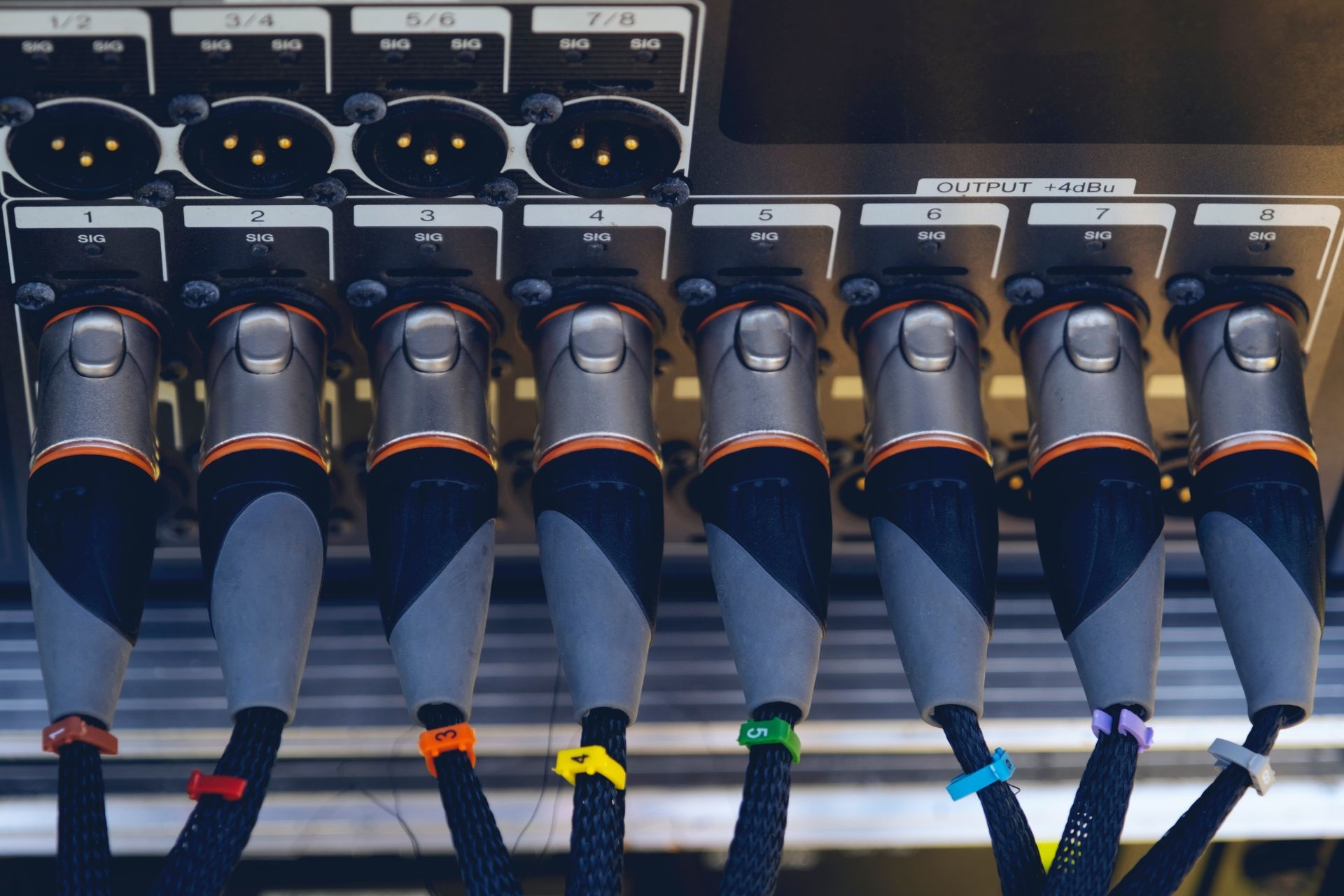

Data deduplication is a technique used to eliminate redundant data and reduce storage space. It involves identifying and removing duplicate data blocks, leaving only one copy of each unique block. This process is particularly relevant in video storage, as video files can be large and consume significant storage capacity. By eliminating duplicate blocks within video files, data deduplication helps optimize storage efficiency and reduce costs associated with video storage.
There are several techniques used for data deduplication in video storage. One common technique is content-aware deduplication, which analyzes the content of video files to identify duplicate blocks. Another technique is fixed block deduplication, where video files are divided into fixed-size blocks, and duplicate blocks are identified and eliminated. Variable block deduplication is another technique, where video files are divided into variable-sized blocks based on the content, allowing for more efficient deduplication. Additionally, hash-based deduplication uses hash functions to identify duplicate blocks by comparing their hash values.
The internet of things (IoT) has transformed the way we interact with the world, connecting a myriad of devices to the internet, from smart thermostats in our homes to industrial sensors in manufacturing plants. A significant portion of these IoT devices relies on the Linux operating system due to its flexibility, robustness, and open-source nature.Deploying software to Linux-based devices, at scale, is a complex and critical process that requires planning, well-thought-out processes, and adherence to best practices to ensure the stability, security, and manageability of the IoT fleet. In this article, we’ll explore some best practices for deploying software on large fleets of Linux-based IoT devices.To read this article in full, please click here
Posted by on 2024-03-20
JetBrains has launched a public beta version of TeamCity Pipelines, a cloud-based CI/CD (continuous integration/continuous delivery) service for small and medium-sized software engineering teams.Unveiled March 18, TeamCity Pipelines is intended to enable small development teams to automate the process of integrating code changes, testing them, and delivering an application. JetBrains said the goal was to provide an intuitive platform for running devops pipelines with minimum complexity. The combination of a user-friendly UX with intelligence and optimization features for small teams minimize disruptions for developers, the company said.To read this article in full, please click here
Posted by on 2024-03-19
Federated learning marks a milestone in enhancing collaborative model AI training. It is shifting the main approach to machine learning, moving away from the traditional centralized training methods towards more decentralized ones. Data is scattered, and we need to leverage it as training data where it exists.This paradigm is nothing new. I was playing around with it in the 1990s. What’s old is new again… again. Federated learning allows for the collaborative training of machine learning models across multiple devices or servers, harnessing their collective data without needing to exchange or centralize it. Why should you care? Security and privacy, that’s why.To read this article in full, please click here
Posted by on 2024-03-19
The world has become “sensor-fied.”Sensors on everything, including cars, factory machinery, turbine engines, and spacecraft, continuously collect data that developers leverage to optimize efficiency and power AI systems. So, it’s no surprise that time series—the type of data these sensors collect—is one of the fastest-growing categories of databases over the past five-plus years.However, relational databases remain, by far, the most-used type of databases. Vector databases have also seen a surge in usage thanks to the rise of generative AI and large language models (LLMs). With so many options available to organizations, how do they select the right database to serve their business needs?To read this article in full, please click here
Posted by on 2024-03-18
Public cloud providers are often loathed for charging data transfer or “egress fees” for removing data from a specific cloud provider. If you move data out of a cloud provider, there’s a cost; for instance, you move inventory data from an inventory system residing in a public cloud provider to a supply chain system on premises or perhaps even on another public cloud provider.This is the number one complaint about cloud providers that I hear. The fee is thought of as arbitrary and counterproductive to using the cloud with systems that exist outside of a specific provider. In some cases, it’s a reason applications are not in a cloud today.The writing on the wall This customer discontent is not lost on cloud providers, who are initiating a significant shift in their pricing strategies by reducing these charges. Google Cloud announced it would eliminate egress fees, a strategic move to attract customers from its larger competitors, AWS and Microsoft. This was not merely a pricing play but also a response to regulatory pressures, greater competition, and the significantly lower cost of hardware in the past several years. The cloud computing landscape has changed, and providers are continually looking for ways to differentiate themselves and attract more users.To read this article in full, please click here
Posted by on 2024-03-15
Inline deduplication in video storage systems works by identifying and eliminating duplicate data blocks in real-time as the data is being written to storage. This means that duplicate blocks are detected and removed before they are stored, reducing the amount of storage space required. Inline deduplication is performed at the source, such as a video camera or encoder, before the data is sent to the storage system. This approach helps optimize storage efficiency and reduces the amount of data that needs to be transmitted and stored.

Post-processing deduplication in video storage involves identifying and eliminating duplicate data blocks after the data has been written to storage. This approach allows for more flexibility in terms of when and how deduplication is performed, as it can be done as a background process. However, one disadvantage is that it requires additional storage space to temporarily store the data before deduplication is performed. This can result in higher storage costs compared to inline deduplication. Additionally, post-processing deduplication may introduce a delay in accessing the deduplicated data.
Variable block deduplication helps in reducing storage space for video data by dividing video files into variable-sized blocks based on the content. This allows for more efficient deduplication, as blocks with similar content can be grouped together. By identifying and eliminating duplicate blocks, variable block deduplication reduces the amount of storage space required for video data. This technique is particularly effective for video files, as they often contain repetitive patterns or scenes that can be deduplicated at a block level.

Yes, data deduplication can be applied to live video streaming and storage. In live video streaming, deduplication can be performed in real-time to eliminate duplicate data blocks before they are transmitted and stored. This helps optimize bandwidth usage and reduce storage requirements. For live video storage, deduplication can be applied to the recorded video streams to eliminate duplicate blocks and reduce storage space. However, it is important to consider the impact of deduplication on the real-time processing and streaming of live video, as it may introduce latency or affect the quality of the video stream.
Implementing data deduplication in video storage systems comes with several challenges and considerations. One challenge is the computational overhead required for deduplication, especially for large video files or high-speed video streams. This can impact the performance of the storage system and introduce latency. Another consideration is the trade-off between storage efficiency and data integrity. Deduplication relies on identifying and eliminating duplicate blocks, which means that if one block is corrupted or lost, it may affect multiple instances of that block. Therefore, data integrity mechanisms, such as checksums or error correction codes, need to be implemented to ensure the reliability of the deduplicated data. Additionally, the choice of deduplication technique and the configuration parameters, such as block size or deduplication window, can impact the effectiveness and efficiency of deduplication in video storage systems.
